While the best survival gun is an endlessly debated topic, I think it’s safe to assume that most preppers have an AR-15 or another semi-automatic rifle as part of their arsenal.
In this article, I’ll be diving into another hotly contested question – “What’s the best type of optic for a survival rifle?”
While this topic might not be as contentious, there are a lot of choices, with members of the prepper community championing each of them. This guide will compare the pros and cons of all the most popular survival optic types to help you decide what’s best for you. I’ll also be covering some of my favorite products in each category.
Red Dot Sights
Red dot sights are the most popular choice for most AR-15 owners, as they allow for very fast target acquisition compared to magnified optics and iron sights.
Though not everyone uses them correctly, they’re intended to be used with both eyes open. This allows you to have a full view of your surroundings and then bring the dot onto your target. In other words, they give you an unlimited field of view, making them perfect for close-quarters self-defense situations.
When compared to other types of battery-powered optics, a simple non-magnified red dot sight will have significantly better battery life. Top of the line Aimpoint red dot sights can last up to 8 years of continuous use at brightness settings usable for most environments.
The main argument against using a red dot sight is that they’re not ideal for long-range precision shooting. I, of course, agree with this sentiment, but I also think many people underestimate red dots.
With a little practice, nearly anyone can be sufficiently accurate for self-defense or hunting within 100 yards. Experienced shooters can push out to 200+ yards.
Choosing an optic with a smaller dot size, like a 1 or 2 MOA dot, will make shooting at distance easier, as the dot will cover less of your target. You should also use the minimum brightness required to see the dot for more precise shooting.
Your effective range with a red dot sight can be extended even further by using a magnifier behind it. In the picture below, I have a vortex 3X magnifier behind an Aimpoint PRO red dot sight. The magnifier can be flipped out of the way when I don’t want to use it—giving fantastic flexibility.
The Best Red Dot Sights for Survival Rifles
If you’re already convinced that a red dot sight is right for you, you’re probably asking what’s the best red dot sight for a SHTF rifle.
Aimpoint is the leader in reliability, durability, and battery life. They have an incredible reputation following years of military, law enforcement, and civilian use. All of this comes at a cost, however, as Aimpoint optics are more expensive than nearly all their competitors.
The CompM5 is Aimpoint’s most rugged optic, using stronger aluminum than the company’s other offerings. It also has a front window to protect the lens. The battery life of the CompM5 is 50,000 hours on position 7 of 10. It can be effectively used at -49°F to 160°F and is submersible to 150 feet.
At a more affordable price, Aimpoint offers the Patrol Rifle Optic (PRO). It’s on the larger side, which makes it a tight fit if running a magnifier behind it, but it gets the job done at a much more affordable price.
If Aimpoint is out of your budget, then Holosun’s HS403C red dot sight is my favorite choice below $200. I don’t believe it’s as reliable as some higher-tier options, but it offers great battery life (up to 50,000 hours) and can also use solar energy.
Holographic Sights

While they’re super cool and potentially offer the greatest speed benefits in close quarters, I think you should quickly count holographic sights out as a survival optic. The major reason for this is their battery life.
Holographic sights use lasers, rather than LEDs, which drain batteries significantly faster. At best, you can usually expect one to stay powered for just 1,500 hours.
In my mind, any slight boost in speed is not even remotely worth the loss in battery life if you’re planning for the worst.
Best Holographic Sights
There are only two major manufacturers of true holographic sights – EOTech and Vortex. EOTech is the long-established brand, whereas Vortex is a relative newcomer. If you happen to go this route for the purpose of a survival rifle, I’d give the edge to EOTech for their more established history of reliability.
Fixed Magnification Scope
It’s easy to dismiss fixed magnification scopes when variable magnification scopes exist. Why limit yourself with just one setting?
I find myself agreeing with this argument for many purposes, but the Trijicon ACOG (Advanced Combat Optical Gunsight) fixed magnification scope stands out for those who are survival minded.
The ACOG’s long history of use by militaries around the world, including the U.S. military, makes it impossible to discount when comparing optics. It’s likely the most battle-proven modern optic.
The first ACOG was a fixed 4X magnification scope, but today Trijicon makes them in a variety of different magnification levels including 1.5X, 2X, 3X, 3.5X, 4X, 5.5X, and 6X magnification levels.
Despite all the options available today, the Marines use the TA31RCO 4X magnified ACOG.
ACOGs
Aside from quite possibly being the most durable optic ever created, ACOGs have a few other awesome features going for them.
For starters, they are very light compared to other magnified optics, usually around 9-11 oz.
Furthermore, unlike red dot sights and holographic sights, they do not use batteries. Instead, they use a mix of fiber optics and tritium to illuminate the reticle.
Speaking of reticles, you have the option to choose between some very useful ones, with the Primary Arm’s ACSS Reticle being my favorite.
The horseshoe reticle allows for fast target acquisition within 300 meters. The two dots on either side of it are used as leads for an 8.6 mph running speed.
The separate bottom-right portion, which consists of a vertical line with several numbered horizontal lines, is used to quickly estimate the distance of your target. If you fit an average sized man between the bottom line and the line marked 4, you can estimate that he’s 400 meters away. If he fits between the bottom line and the 8, then he’s 800 meters away.

At this point, it should be clear that ACOGs, including the one with the ACSS reticle, are designed specifically for combat. Perhaps they are not as useful for what you envision life being like after a SHTF event. Maybe you don’t want any magnification because you primarily plan to use your weapon for close-quarters self-defense. However, it is worth noting that a Trijicon RMR reflex red dot sight can be mounted to the top of an ACOG, for use at closer ranges. I’d also say that, while designed primarily for combat, the ACOG can also easily be used for hunting.
Variable Magnification Scopes
As the name suggests, variable magnification scopes allow you to adjust the magnification level. Because we’re talking about optics for a do-it-all survival rifle, most likely an AR-15 chambered in 5.56, our focus is going to be on lower-powered variable optics (1-4X, 1-6X) as opposed to long-range specific scopes.
At first glance, variable magnification optics may seem like the best of all worlds, since you have the choice whether to use magnification. But in reality, they have a number of drawbacks compared to the other types of optics I’ve covered thus far.
The most obvious downside is their size and consequently, their weight. Some low-powered variable optics weigh almost twice what an ACOG weighs. (Though the weight differences are reduced if you plan to run an ACOG plus RMR reflex sight or a red dot sight plus a magnifier.)
There are also a number of issues regarding illumination. Some scopes don’t offer illumination, while those that do are often not bright enough for daytime use. The ones that do have battery powered illumination are usually plagued by poor battery life, maxing out around 7,000-10,000 hours.
Lack of illumination is not the only thing that hinders the ability of variable scopes for fast target acquisition and close quarters self-defense situation. Compared to other options, they have far less forgiving eye relief, more limited fields of view, and more pronounced parallax issues.
Though you can be just as fast with a variable scope as you are with a red dot sight, it will take practice.
The Best Variable Magnification Scopes
The best budget option I’ve found is the Primary Arms 1-6X35mm SFP scope. It comes with the same ACSS reticle we covered earlier, and it’s illuminated, though it’s not bright enough for daytime use.
As a middle of the road option, I like the Vortex 1-6X24mm Viper, as its illumination is bright enough for daytime use.
If you want to take it a step further, there’s the Vortex Razor HD 1-6X24mm, which offers better glass, more forgiving eye relief, and is one of the most rugged variable magnification optics available.
What Optic(s) Should You Choose?
For a do-anything survival rifle setup, my personal optic preference is a red dot sight combined with a magnifier. My largest concern is being able to defend myself, which is most likely to occur at close distances. A red dot is the most reliable option for this; it’s also easy to use and has better battery life than a holographic sight. If I need to push out to further ranges, I have the option to flip up my magnifier.
Those of you without military experience may not be familiar with the ACOG, but it’s a great alternative to a red dot. It may not be optimal for the most probable self-defense situations on its own, but you have the option to mount a reflex sight on top of it or run an additional offset red dot sight for close-quarters use.
While a variable magnification optic may be good to have for hunting, I don’t think it’s the best for other purposes. I think illumination is important for quickly getting on target, and you’re either sacrificing this or battery life choosing one of these optics.


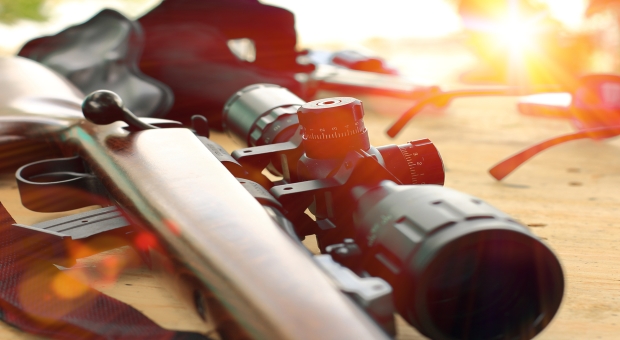






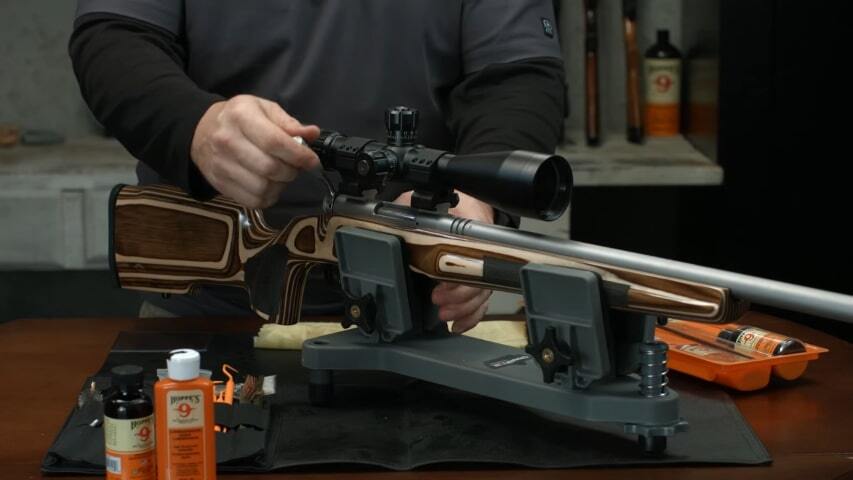
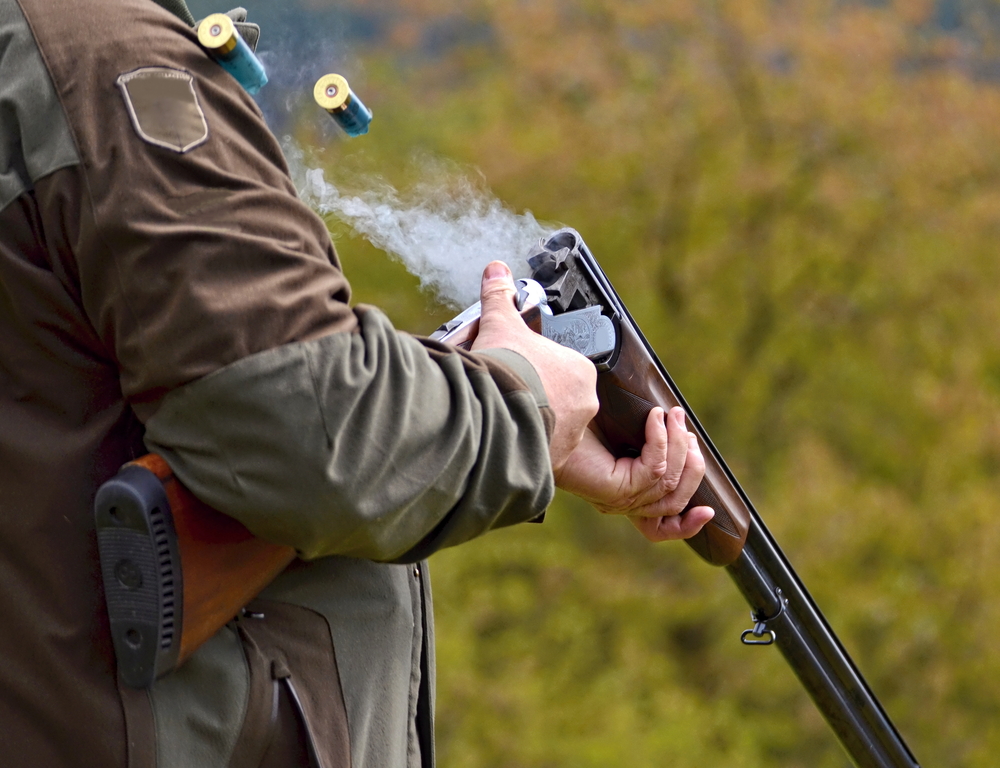
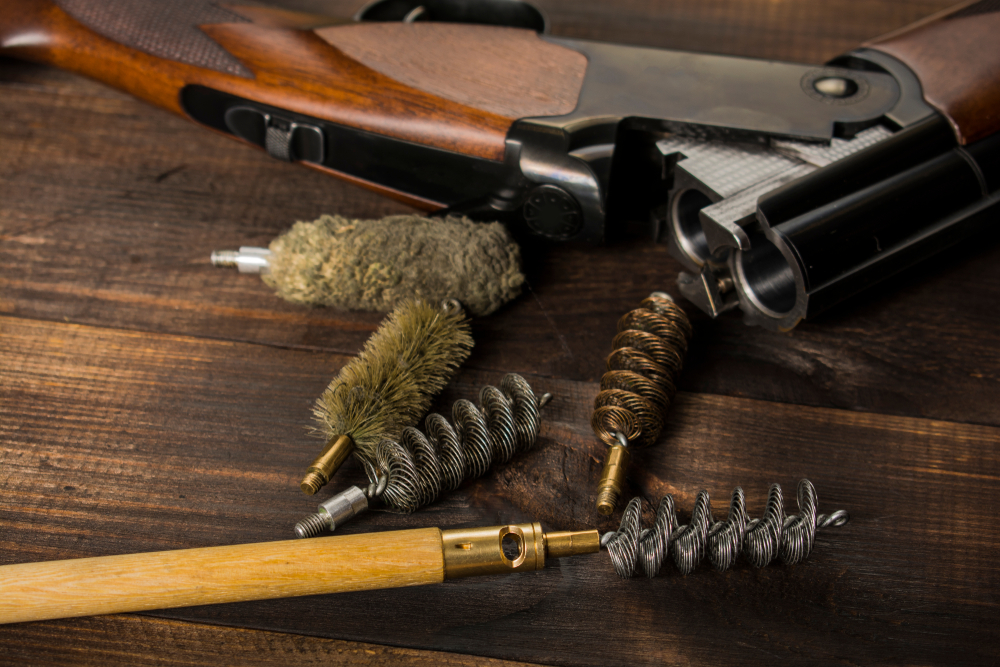
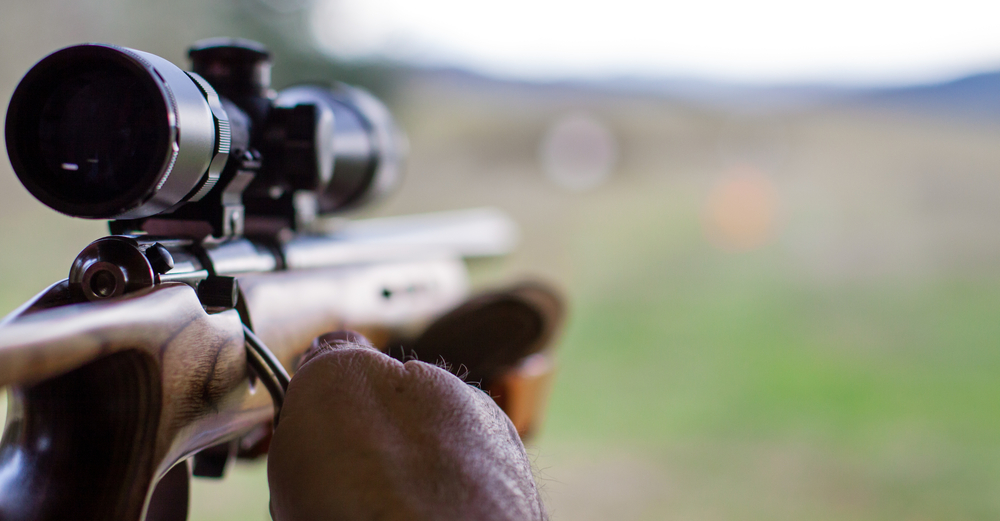

anonymous | June 13, 2019
|
The SeeAll sight has some advantages. Similar to a non electric red dot. Mainly for use less then 100 yards but that is plenty of distance in many locations.
Red dot sights – you can determine bullet impacts at top and bottom of dot at certain rangles. Some reticle designs are better for this – the center dot with crosshairs in particular.
Good topic – thnaks for writing it up.
Bill in Idaho | June 13, 2019
|
Good Article – Well Written ! The Red Dot Optics are a modern comp. for the old 1/16″ hole “Peep-Sight” that I grew up on (that was 60 years ago). Target Acquisition (Ease and Speed) are about even. I would Never use a Scope for Under 200 Yards – Certainly Not for Home Defense.
Geo | June 14, 2019
|
Check out Holo-Sun sights the have a solar power panel on them